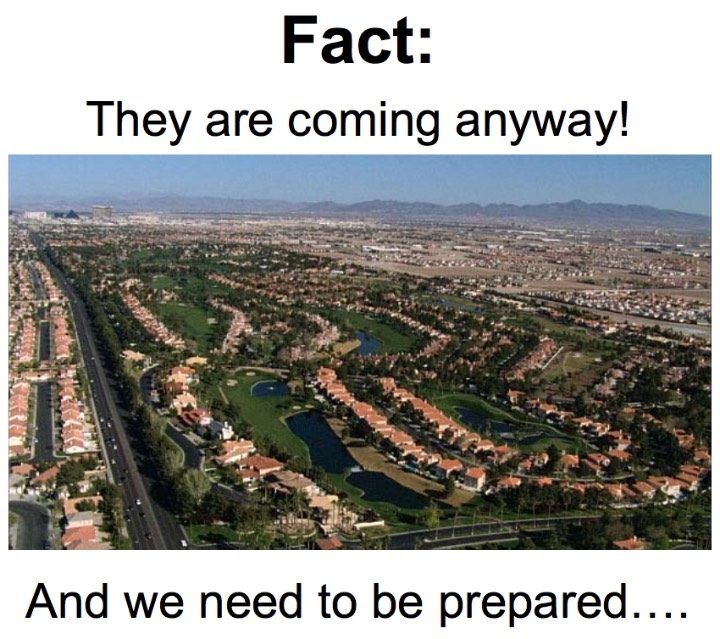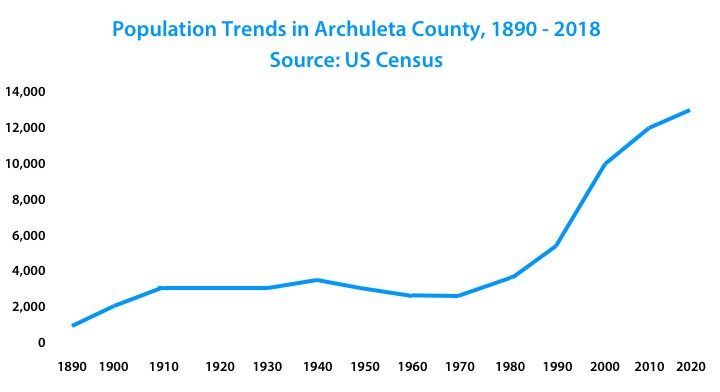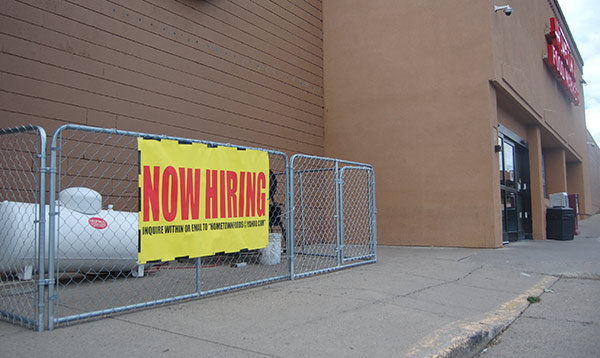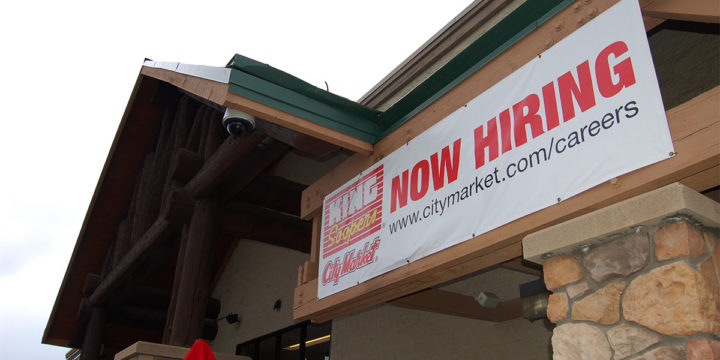According to a Google search yesterday, quite a few folks have put forward the claim that, if you’re not busy growing, you’re busy dying. And that philosophy has driven many of the political decisions here in Archuleta County over the past 30 years or so. Millions of taxpayer dollars have been spent by our local governments, either promoting perpetual growth, or making plans for perpetual growth. I can’t say how much has been spent by the business community, promoting or preparing for the same “growth,” but it might be in the same ballpark.
If you’re into dark humor, one of the most humorous renditions of this ‘perpetual growth’ philosophy was portrayed in February, 2009, when the San Juan Water Conservancy District (SJWCD) and the Pagosa Area Water and Sanitation District (PAWSD) convened a public meeting. The two water districts wanted to explain to the taxpayers why they’d spent $10 million dollars — without voter approval — to purchase 660 acres of dry ranch land in the Dry Gulch valley north of downtown Pagosa Springs, and why they were proposing to spend another $357 million building a reservoir in that dry valley. (You can read about that meeting here.)
The Powerpoint slideshow for that 2009 public meeting began with photo of a modified “Wanted” poster, tacked to a fence post:

PAWSD Special Projects Manager Sheila Berger then noted that certain (unsavory?) characters in the community were expressing opposition to the “perpetual growth” model of town planning, and were suggesting that the proposed Dry Gulch Reservoir would in fact encourage such unlimited (and unregulated?) growth to take place, thereby destroying the small town character they’d moved here to enjoy.
Ms. Berger quickly moved on to the next slide:

“They are coming anyway…” In other words, whether we build a huge reservoir or not, we are still part of the Great American Southwest, and — like it or not — we are going to become the next Las Vegas or Phoenix. (I’m pretty sure Ms. Berger’s photo was showing Las Vegas, Nevada, judging from the black ‘Luxor Casino’ pyramid in the top left corner.)
Once upon a time, Pagosa Springs was a fairly unimportant town in the middle of a vast, mostly unoccupied landscape. The lumber companies had built some roads and laid some railroad tracks, so logs and lumber could be shipped out, and I imagine the sheep and cattle ranchers appreciated those convenient transportation routes. The town stayed that way for about 80 years. It didn’t really grow, and it didn’t die. It just remained a small, rural town in the middle of nowhere.
Here’s a graph showing the approximate population of Archuleta County between 1890 and 2018, as reckoned by the US Census Bureau, measured in 10-year chunks:

As we see, the county population stayed pretty durn flat between 1900 and 1980… and then it took off in a big way.
And then… things slowed down.
I did some quick research yesterday, to get an historical perspective on Las Vegas… since PAWSD and SJWCD once thought we were headed in that general direction. Back in 1900, when the population of Archuleta County had ballooned to about 2,000 people, the US Census counted 22 people living in Las Vegas, Nevada. By 1970, the population of Archuleta County was around 2,700… while the city of Las Vegas had grown to 125,000, thanks mainly to Nevada’s 1931 decision to legalize gambling.
Between 1980 and 2010, both communities grew dramatically, if you were measuring things by percentages. The Las Vegas metro area grew to 1.9 million residents. Archuleta County had grown to 12,500 residents.

Most of the millions of dollars spent by our local governments and business owners since 1990, promoting population growth here in Archuleta County, have been spent promoting tourist visits. We didn’t ever develop gambling casinos (we left that job to the Jicarilla Apaches and Southern Utes, next door) so we never saw the billions of dollars in capital construction experienced by Las Vegas. What we saw, instead, was a cultural division. Over here, in this corner, the second home owners and retired couples, living relatively comfortably in middle class and upper middle class homes. (With a few millionaires’ mansions, scattered here and there.)
And over here, in the other corner, working class families and individuals whose hospitality-industry and retail-industry wages cannot cover current rental costs, or mortgage costs, in what was once a small, affordable town.
In between those two extremes, we have the government workers. School teachers. Hospital employees. Town clerks, and street crew members, and recreation department employees. County government workers. Even these folks are struggling with housing costs, unless they bought something before or during the Great Recession.
I occasionally check the real estate listings in Pagosa Springs, to see how the local housing market is looking. When I checked the Jim Smith Realty website yesterday, I found one home for sale for $110,000 or less. I was specifically looking for homes priced under $110,000 — because, according to the US Bureau of Labor Statistics, the median income in Archuleta County — for an employee — is about $35,000 per year. This is the median wage, among the 4,082 employees counted by BLS (fourth quarter, 2017)… which suggests that half our employees are making less than $35,000 a year. (About 40 percent of our workforce is employed in ‘Retail, Leisure & Hospitality’ and earn a median income of about $21,000 per year. A married couple would earn $42,000 in this industry sector, if both were earning an ‘average’ wage.)
If I make $35,000 a year… and have $20,000 to use as a down payment… and have a “Good” credit score… and have a co-signer for my mortgage loan… and pay only $200 per month on student loans and other debts… I can probably afford a home priced at $110,000. (I got that number from the Colorado Housing and Finance Authority mortgage calculator.)
Our community leaders truly mean well, as they focus their intentions and spending on the expansion of a tourism economy. Our community leaders really think “more people” and “more jobs” will be the key to a healthy economy. For a while, that approach seemed to be working out fine. We were getting more people. We were getting more jobs. Houses were being built. Government tax collections were going up, and up.
Then we hit the wall.






There are many things I love about Pagosa Springs. “Now Hiring” signs are not one of them. These signs suggest a community that is slowly losing its younger, working class families, and is at risk of losing the youthful energy that keeps a community vibrant and healthy. Many people will tell you: if you’re not busy growing, you’re busy dying. But a town’s population can grow, even while the town is slowly dying on the vine.
To plow ahead on the same track — continuing to spend millions of dollars “growing” the tourism industry, and “growing” more low wage jobs — seems, to me, rather like a form of insanity.
